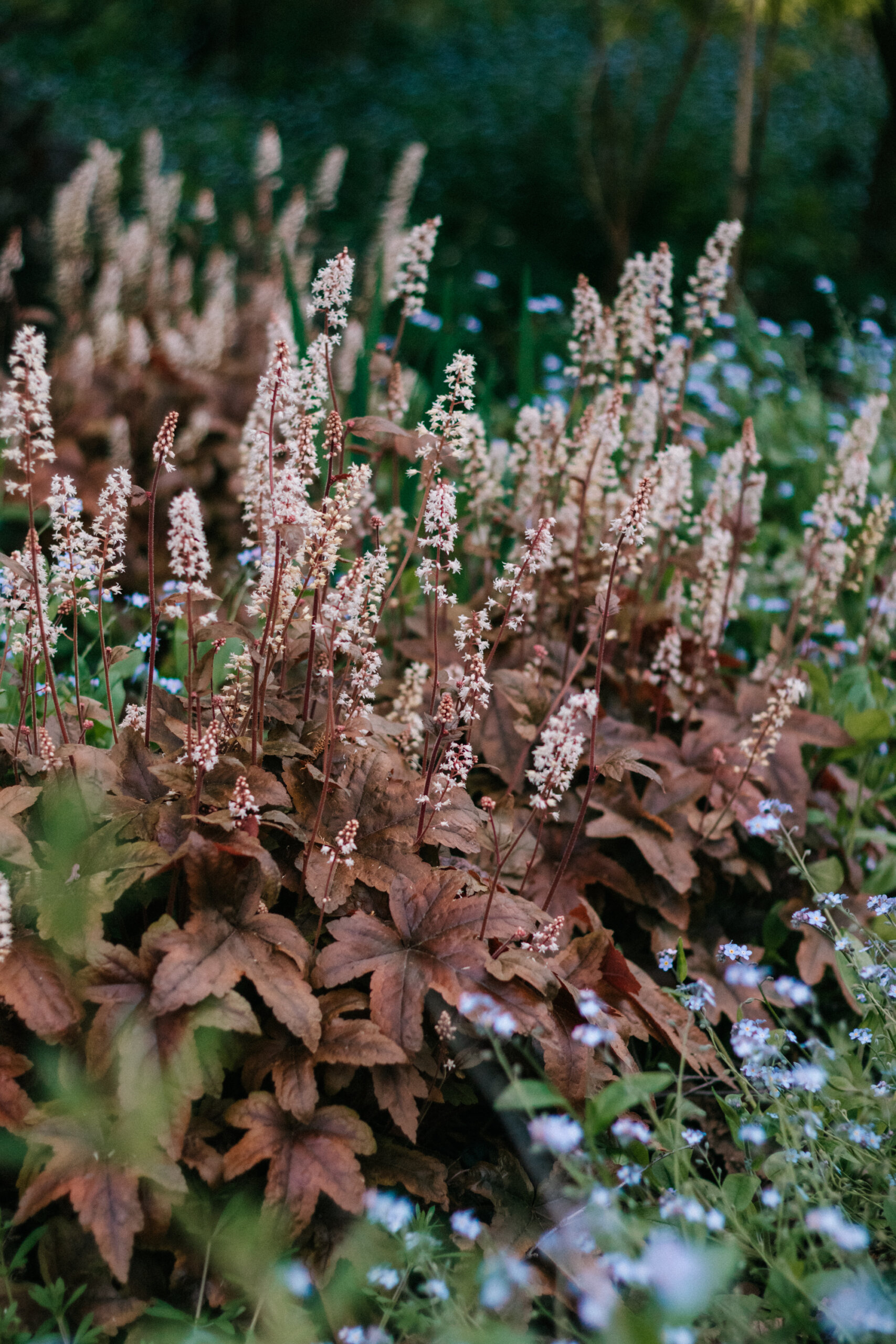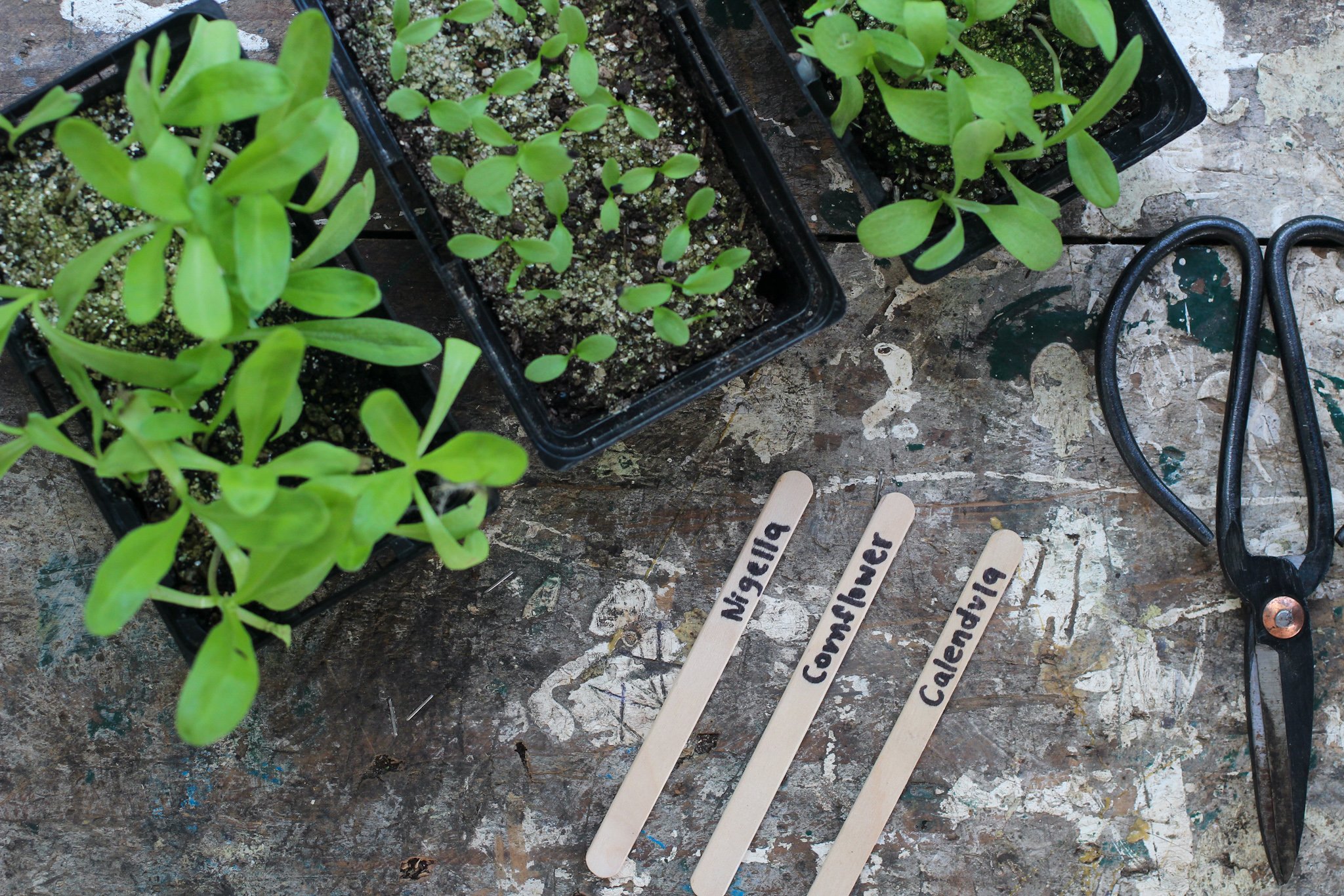Perhaps one of the more forgotten of citrus fruits, but certainly not a dull option for spring picking. Tangelos are traditionally a citrus hybrid between a tangerine and pomelo or grapefruit. However the most common variety of tangelos grown in New Zealand is the ‘Seminole’ variety, which is a hybrid of mandarin and grapefruit.
This messy-to-eat citrus fruit is known for its juicy flesh, and balance of sweet and tart flavours — the culmination of its mandarin and grapefruit relatives. They have few pips and most varieties are easy to peel.
WHEN & WHERE
Fun fact: Most of New Zealand’s tangelos are grown in the Gisborne area.
Tangelo trees, like all citrus, need full sun and shelter from cold winds. They are sensitive to the cold and don’t like frosts, thriving in places with hot summers and mild winters.
They can be planted at any time of the year, as long as they’re watered regularly during hot, dry summer periods. Overall, citrus need plenty of water — especially when they’re fruiting. Soil needs to be free-draining, which you can create by mixing some sand into your soil before planting.
Companions: Citrus enjoy growing alongside herbs like dill, borage and thyme, and flowers such as marigold, cosmos, yarrow and calendula. But don’t grow anything directly under citrus trees as their roots are relatively close to the surface.
CARE
WATER — frequently and well, especially over spring and summer.
FEED — regularly with citrus food or sheep manure, especially through spring and summer.
PRUNE — minimally, but enough for air circulation to help to keep citrus healthy and disease-free.
MULCH — spread a layer of mulch under citrus trees (keeping away from the base of trunk) to help trees conserve moisture.
HARVEST
Tangelos can be picked from September to December (in the Southern Hemisphere). This evergreen tree often bears heavily and can become quite large in time, reaching up to six meters high.
Once picked, tangelos can happily be stored at room temperature. To extend their life, store in the fridge. Eat for enjoyment and for their high levels of Vitamin C.






